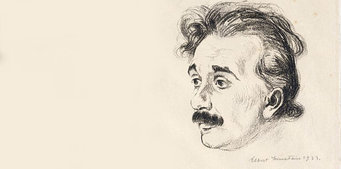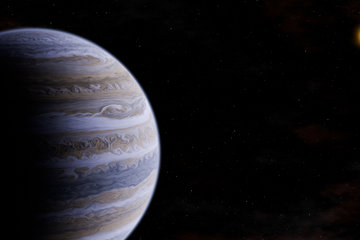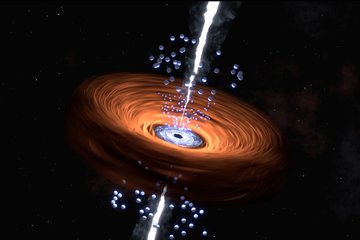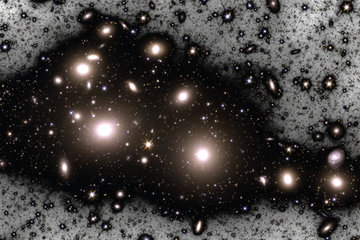Milestones of the theory of general relativity

1905 In his annus mirabilis, Einstein publishes papers on the special theory of relativity, on the photoelectric effect and on Brownian motion.
1907 Einstein begins his search for a relativistic theory of gravitation.
1915 Einstein publishes the general theory of relativity.
1916 The astronomer Karl Schwarzschild (1873–1916) publishes the first exact solution to the Einstein field equations, which were later fundamental to the description of black holes.
1917 Einstein applies his theory for the first time to the universe as a whole, thus founding the field of relativistic cosmology. He introduces the cosmological constant into his theory to achieve a static universe.
1919 A solar eclipse expedition led by astronomer Arthur Eddington (1882–1944) confirms Einstein’s prediction that light is deflected by the gravitational field of the sun, making Einstein world famous.
1927 The Belgian astronomer and priest Georges Lemaître (1894–1966) finds non-static cosmological solutions to the Einstein equations (without the cosmological constant) that describe an expanding universe. Based on these solutions, he theoretically derives Hubble’s law, which still awaits experimental confirmation.
1929 The American astronomer Edwin Hubble (1889–1953) discovers an empirical law, according to which extragalactic objects are receding from the earth. This occurs at a speed that is proportional to the objects’ distance from the earth. Hubble’s law is regarded as the first experimental confirmation that the universe is expanding.
1930 The Belgian physicist Leon Rosenfeld (1904–1974) attempts to reconcile quantum mechanics, which was developed between 1925 and 1927, with general relativity – a project that is still ongoing today.
1955 On the occasion of the 50th anniversary of the special theory of relativity, a conference is held in Bern which gathers together a community of relativists for the first time. Einstein had planned to attend the conference but dies in the spring of 1955.
1957 A conference in Chapel Hill, North Carolina, kicks off a series of major international conferences on general relativity that continue today.
1960 The American physicist Joseph Weber (1919–2000) reports the detection of gravitational waves, as predicted by the general theory of relativity. However, his results cannot be reproduced, and the search for gravitational waves continues to this day.
1963 Proof is found of the existence of very distant and powerfully radiating astronomical objects known as quasars. They are soon associated with black holes and are thus the first celestial bodies that can only be described with the help of general relativity. The First Texas Symposium on Gravitational Astrophysics in December of that year is regarded as the beginning of relativistic astrophysics.
1965 The American astronomers Arno Penzias (born 1933) and Robert Wilson (born 1936) discover the cosmic background radiation. This radiation is interpreted as the afterglow of the Big Bang and proof that the universe had an origin in time and has not been expanding forever, as the steady state hypothesis had claimed.
1974 The American astronomers Russell Hulse (born 1950) and Joseph Taylor (born 1941) discover a double star system whose energy loss can only be explained by the emission of gravitational waves. Direct proof of these gravitational waves on earth has yet to be found.
1974 String theory, originally developed to explain nuclear forces, is proposed as a possible unifying theory of general relativity and quantum mechanics.
1974 The British physicist Stephen Hawking (born 1942) publishes a quantum theory of gravitation which predicts that black holes emit a type of radiation known as Hawking radiation.
1998 Observations of distant supernovae lead to the conclusion that the expansion of the universe is accelerating. This can be explained in the context of general relativity only by reintroducing a modified cosmological constant or dark energy.
2000 The Global Positioning System (GPS) is released for civil use. Its positioning accuracy depends on the concept that clocks slow down in the gravitational field of the earth, as predicted by general relativity.
2002 Proof is found that a black hole exists in the centre of our galaxy, the Milky Way.












